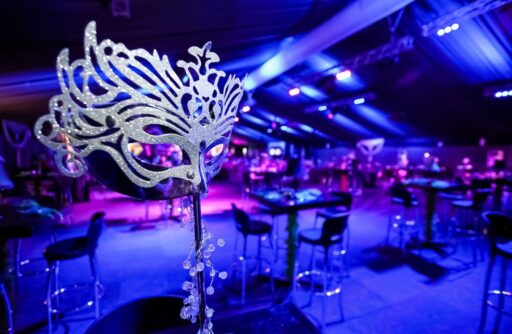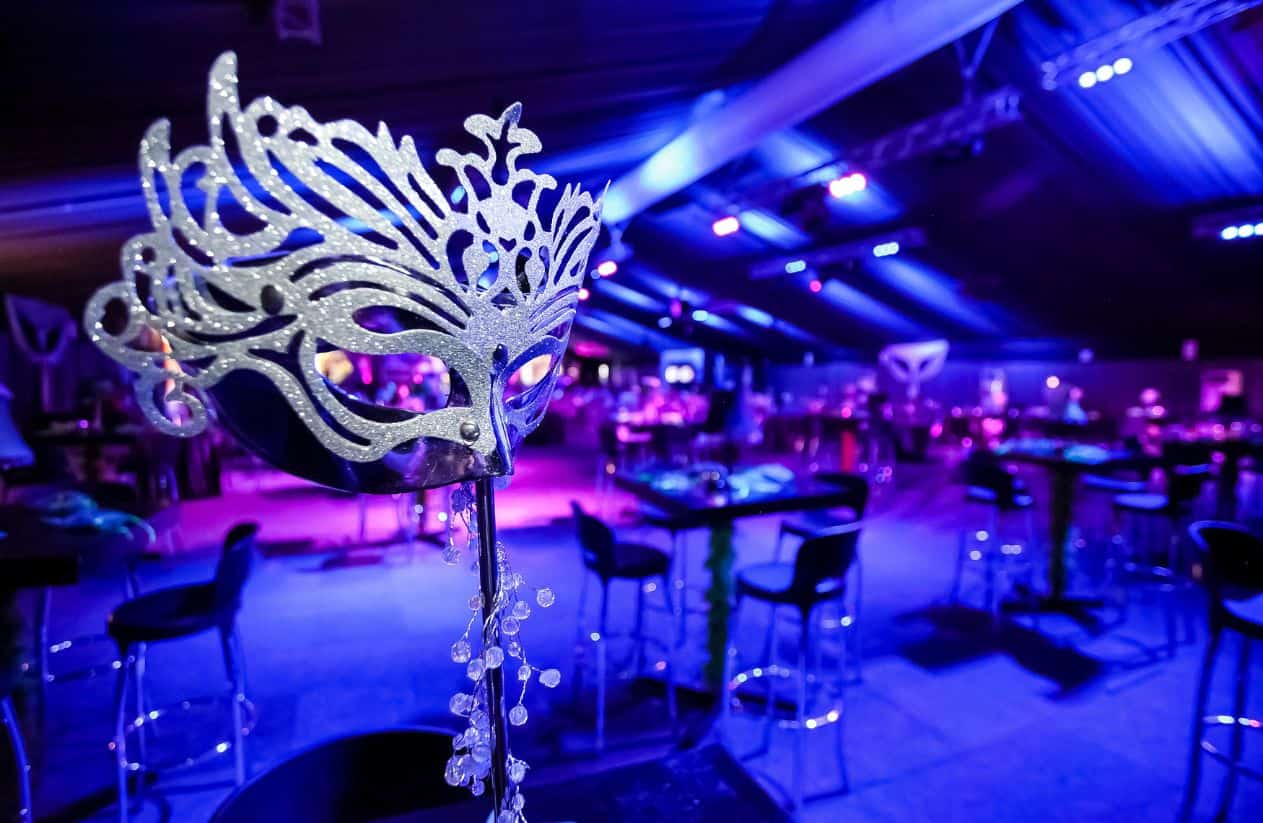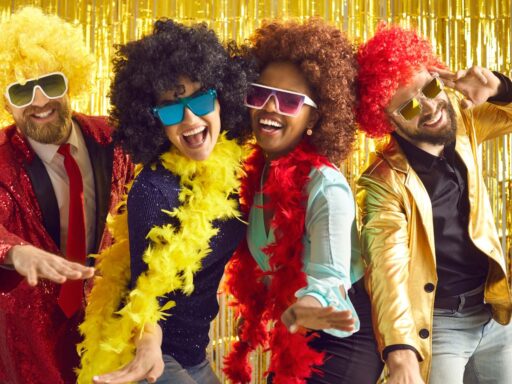Welcome to your ultimate guide for crafting truly unforgettable gatherings through exceptional event design.
This comprehensive resource delves into the essential elements, offering expert tips and innovative tricks to transform ordinary events into extraordinary experiences.
From deeply understanding your audience’s desires to strategically leveraging cutting-edge technology and orchestrating captivating atmospheres, we will equip you with the knowledge to master every facet of event design and leave a lasting impression on your attendees. Let’s embark on this journey to mastering event design together.
Laying the Foundation: Understanding Your Audience Inside and Out
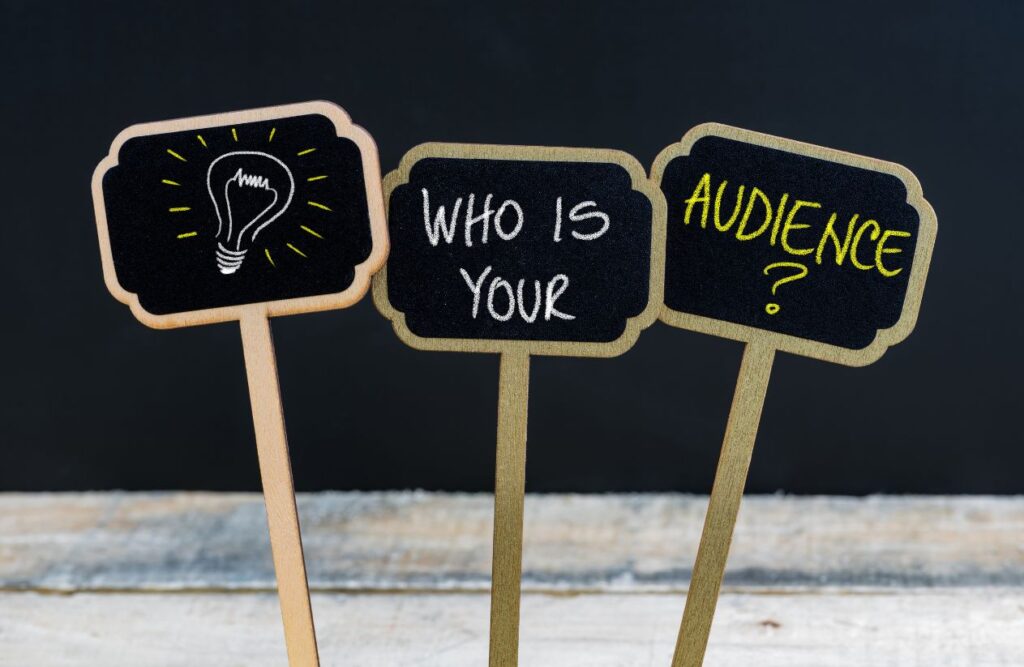
Truly mastering event design hinges on a fundamental principle: deeply understanding your audience. It’s the bedrock upon which all successful gatherings are built.
While basic demographics like age and profession offer a starting point, crafting an unforgettable experience requires delving much deeper into the psychographics of your attendees. What are their core interests? What values shape their decisions? What is their lifestyle like?
Furthermore, exploring their motivations and goals for attending your event is crucial. Are they seeking knowledge, networking opportunities, entertainment, or a combination of these? Consider their existing familiarity with the event’s topic or industry.
Are they novices eager to learn the basics, or seasoned professionals looking for advanced insights?
To gain this comprehensive understanding, actionable research is key. Employ targeted surveys, incorporating a mix of multiple-choice questions to gather quantifiable data and open-ended prompts to uncover nuanced opinions.
Leverage the power of social media analytics to identify trending topics and prevalent interests within your target demographic.
Don’t overlook the invaluable insights hidden in past event feedback; meticulously analyze what resonated with attendees and where improvements can be made.
By synthesizing this information, you can create detailed audience personas – fictional representations of your ideal attendees, complete with specific examples of their interests, motivations, and challenges.
This deep understanding will directly influence every subsequent aspect of your event design, ensuring a resonant and impactful experience tailored to the heart of your audience.
Related Content: Ultimate Checklist for Planning Large-Scale Events Successfully
Crafting the Atmosphere: The Power of Visual and Sensory Design
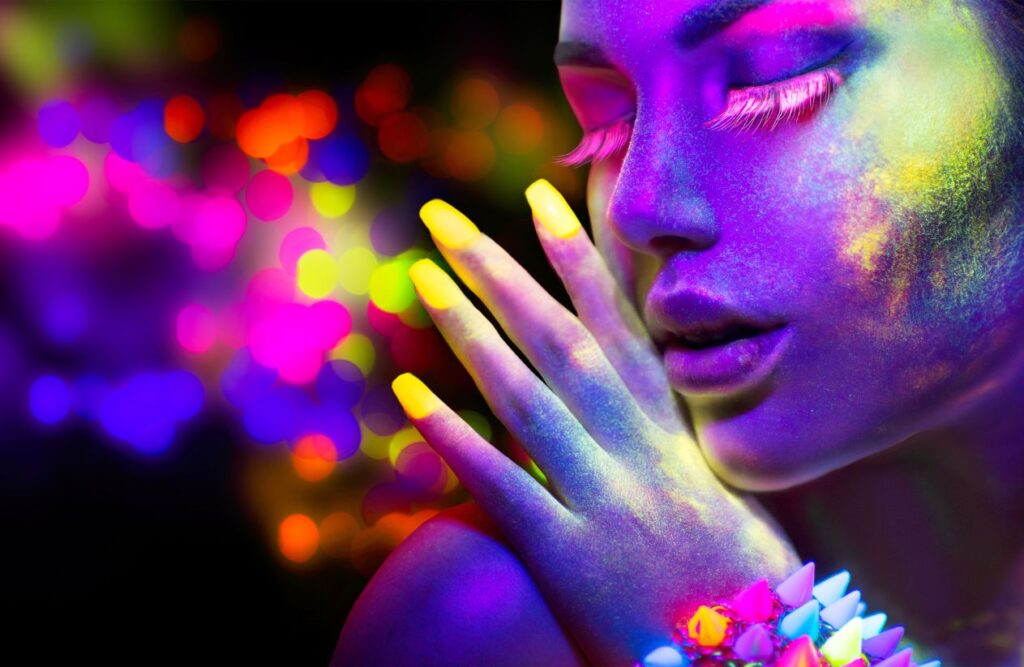
Beyond understanding your audience, event design mastery lies in the art of crafting a captivating atmosphere that resonates with their senses.
The visual and sensory elements of your event play a pivotal role in setting the mood and forging lasting memories.
Color Theory in Depth
Color is a fundamental tool in shaping the emotional landscape of your event. For corporate events focusing on trust and professionalism, consider palettes incorporating blues and greens, often associated with stability and growth.
Social gatherings might benefit from energetic combinations of reds, oranges, and yellows, evoking excitement and joy. Creative workshops could utilize softer, more inspiring palettes with hues of lavender or teal.
Selecting a cohesive color scheme that aligns with your event’s purpose and desired mood is paramount.
Integrate this scheme thoughtfully across all event elements, from your branding materials and table linens to the strategic use of lighting and even suggested attire, creating a harmonious and immersive visual experience.
The Transformative Role of Lighting
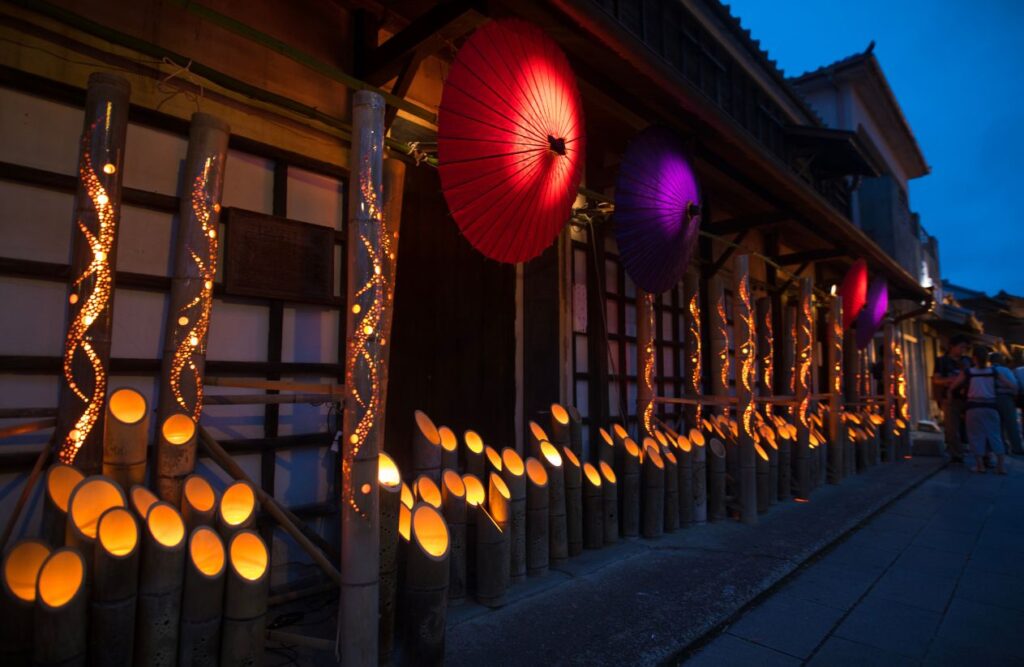
Lighting transcends mere illumination; it’s a powerful instrument for sculpting the ambiance. Ambient lighting provides the overall warmth, while task lighting ensures functionality in specific areas.
Accent lighting can draw attention to key features like stage displays or architectural details. Decorative lighting, such as string lights or lanterns, adds character and charm.
Consider how lighting can be used to set distinct moods for different phases of your event – perhaps a soft glow for networking receptions transitioning to more dynamic lighting for presentations or entertainment.
Explore innovative techniques like projecting patterns with gobos, using uplighting to add depth and color to walls, or employing intelligent lighting systems to create dynamic visual effects that enhance the overall experience.
Creating Immersive Environments with Decor and Spatial Dynamics
Thematic decor and thoughtful spatial dynamics are essential for translating your event’s concept into a tangible reality.
Ensure your decor aligns with the event’s purpose and resonates with your audience’s tastes. Creative installations, thoughtfully designed centerpieces, and engaging backdrops can all contribute to a memorable setting.
Meticulous spatial planning is crucial for optimizing the flow of attendees, fostering networking opportunities, and ensuring seamless engagement with different event components.
Consider the placement of registration areas, refreshment stations, and seating arrangements.
Prioritize accessibility for all attendees and ensure comfortable spacing to prevent overcrowding, allowing everyone to navigate and enjoy the event with ease.
By thoughtfully orchestrating these visual and sensory elements, you can craft an immersive environment that captivates your audience and leaves a lasting impression.
Leveraging Technology and Innovation for Enhanced Engagement
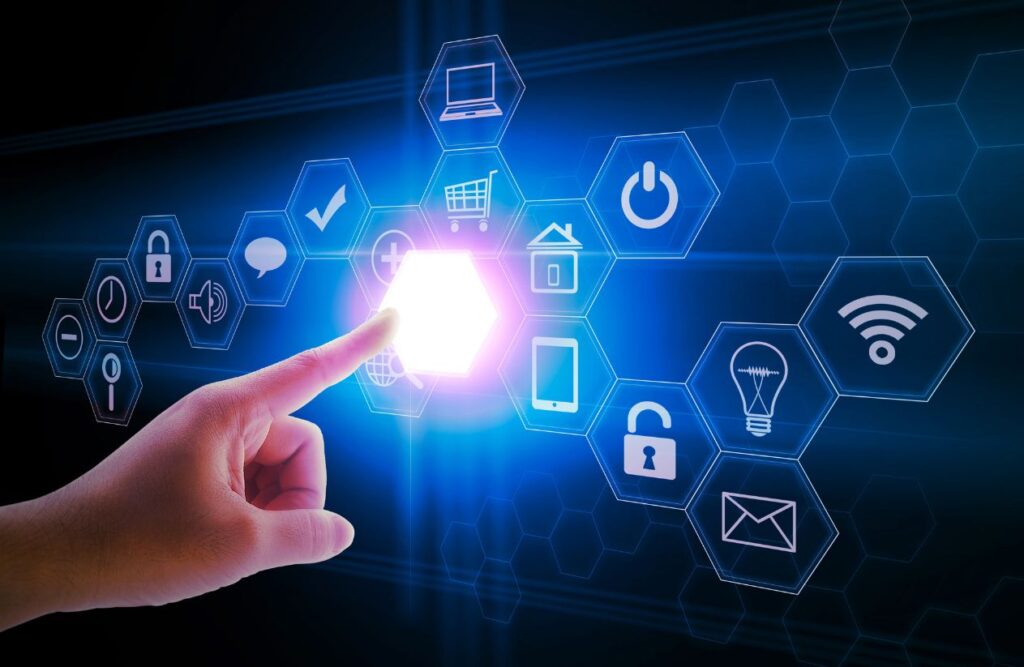
In today’s rapidly evolving world, truly mastering event design requires a forward-thinking approach that strategically incorporates technology and innovation to significantly boost attendee engagement.
By carefully selecting and implementing the latest tools and creative solutions, event planners can craft experiences that are not only more immersive and personalized but also leave a more profound impact on participants.
Bridging Digital and Physical Spaces
The lines between physical and digital event spaces are increasingly blurred, offering exciting opportunities for enhanced engagement. Imagine attendees using Augmented Reality (AR) apps to overlay digital information onto real-world exhibits, unlocking interactive content or providing deeper insights.
Virtual Reality (VR) can transport attendees to entirely different environments, offering immersive experiences that would otherwise be impossible.
For events with a broader reach, effective live streaming strategies are crucial, ensuring high-quality video and interactive elements that keep remote participants engaged. Hybrid event models, thoughtfully blending in-person and virtual components, can maximize accessibility and participation.
Furthermore, seamlessly integrating social media platforms allows for real-time interaction, live polls, Q&A sessions, and the amplification of event content, extending its reach far beyond the physical venue.
Personalization Through Data-Driven Insights
Data has become a powerful asset in crafting truly personalized event experiences. By ethically collecting and analyzing data from registration forms, past event interactions, and on-site engagement, planners can gain valuable insights into attendee preferences and behaviors.
This data can then be used to tailor various event elements, such as recommending specific sessions or networking opportunities based on individual interests.
Imagine attendees receiving personalized content suggestions within the event app or being connected with other participants who share similar professional goals.
It’s crucial to prioritize the ethical considerations of data collection and ensure transparency with attendees regarding how their information will be used to enhance their experience.
Interactive Technologies for Active Participation
Interactive technologies are instrumental in fostering active participation and creating a dynamic event environment. Feature-rich event apps can provide attendees with schedules, maps, speaker information, and opportunities for direct interaction.
Polling platforms and Q&A tools empower audiences to actively contribute to sessions, fostering a sense of involvement and making presentations more engaging. Digital signage can display real-time information, social media feeds, and interactive content, keeping attendees informed and connected.
Gamification strategies, incorporating elements like points, badges, and leaderboards, can incentivize participation in various activities, from attending sessions to networking with peers, making the learning and engagement process more enjoyable and effective.
By strategically implementing these interactive technologies, event planners can transform passive attendance into active participation, leaving a more lasting and impactful impression.
Setting the Stage for Entertainment: Curating Memorable Performances
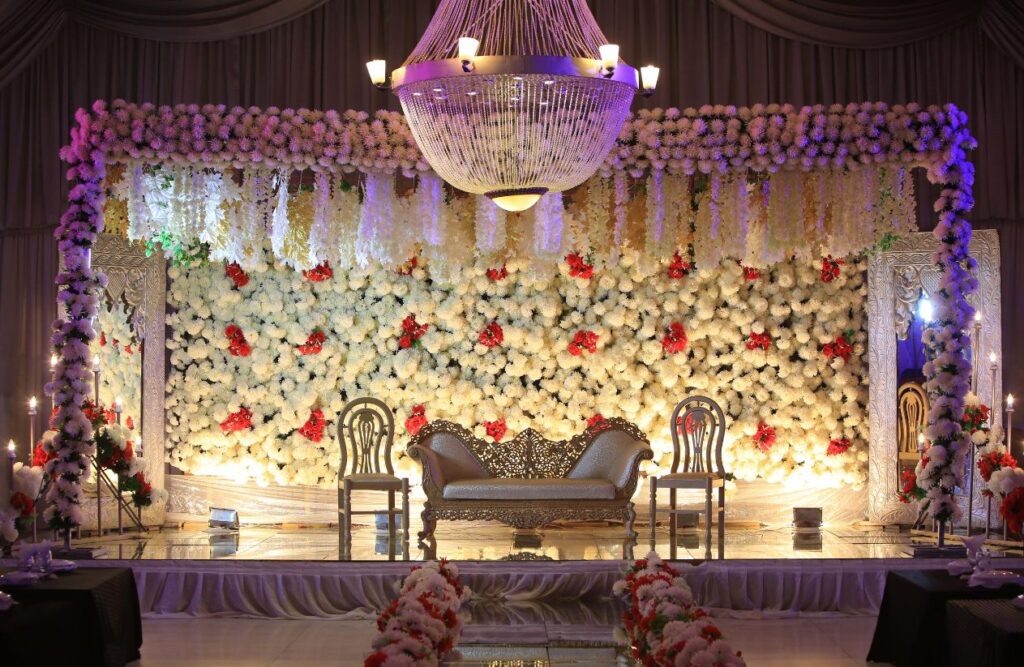
A key element of mastering event design is the thoughtful curation of entertainment that resonates deeply with attendees and amplifies the overall event experience.
Whether it’s a live band, a captivating speaker, or an engaging performance artist, the entertainment you choose plays a crucial role in creating lasting memories.
Deep Dive into Audience Understanding for Entertainment
Just as understanding your audience is foundational to the overall event design, it’s equally critical when selecting entertainment.
Take a deep dive into their preferences for music genres, performance styles, and other forms of amusement. Consider the cultural nuances and age demographics of your attendees to ensure the entertainment is both relevant and enjoyable.
A lively band might be perfect for a social gathering, while a thought-provoking speaker could be more suitable for a conference.
Always ensure that the chosen entertainment aligns seamlessly with the event’s overarching theme and objectives, reinforcing the key messages and enhancing the desired atmosphere.
The Art of Sequencing and Flow
The order and flow of your entertainment lineup are crucial for maintaining audience engagement. Develop detailed strategies for building energy throughout the event.
Start with engaging performances that capture attention and gradually build towards a high-energy peak or a memorable closing act.
Create emotional arcs within the program, incorporating moments of reflection, excitement, or surprise as appropriate.
Pay close attention to the transitions between acts or segments, ensuring they are smooth and seamless to maintain momentum.
Thoughtful pacing and precise timing are essential to keep the event on schedule and prevent lulls in energy.
The Power of Flexibility and Adaptation
Even the most meticulously planned entertainment schedule may require adjustments based on the real-time reactions of the audience.
Develop strategies for “reading the room” – observing audience engagement levels and adapting the entertainment accordingly.
Have backup plans and alternative entertainment options readily available in case of unforeseen circumstances or if the initial choices aren’t landing as expected.
Clear and effective communication with performers and technical teams is paramount to facilitate any necessary changes smoothly and professionally.
Consider the diverse range of entertainment options available and their suitability for different event types. Live music, DJs, comedians, dancers, magicians, and interactive performers can all add unique dimensions to an event.
Carefully evaluate which type of entertainment best aligns with your audience, the event’s theme, and your overall objectives to create truly memorable performances that leave a lasting positive impression.
You can also read our article “Essential Venue Logistics Tips for Successful Event Planning”
Conclusion
In conclusion, mastering event design is a journey that blends meticulous planning with creative execution. This guide has illuminated the critical steps, from deeply understanding your audience and crafting immersive atmospheres to leveraging technology and curating memorable entertainment.
Remember that thoughtful and strategic design is the cornerstone of any successful gathering, transforming ordinary occasions into extraordinary experiences.
We encourage you to apply these tips, continuously learn from each event, and embrace innovation to push the boundaries of what’s possible.
By focusing on every detail and keeping your audience at the heart of your decisions, you can consistently create unforgettable events that inspire, connect, and leave a lasting impact. Share your own event design triumphs and insights, and let’s continue to elevate the art of bringing people together.
Planning to hire a Musician for your event? Here are the top Musicians that we recommend, you can book or hire them for your event:
Mastering Event Design: Frequently Asked Questions
Even the most seasoned event planners encounter common questions when aiming to create unforgettable gatherings.
Here, we address some of the most frequent inquiries with detailed solutions to ensure your next event is a resounding success.
How Can I Maximize Small Spaces for My Event?
Optimizing a smaller venue requires a strategic approach to design. Focus on multi-functional furniture that can serve dual purposes and be easily reconfigured. Utilize layout tricks to create distinct zones for different activities, improving flow and preventing a cramped feeling. Embrace vertical space with tall, eye-catching centerpieces and hanging decor to draw attention upwards, making the space feel larger. Mirrors strategically placed can visually expand the room, while bright and well-planned lighting can open up darker areas. Consider unconventional event formats like cocktail receptions that encourage movement and require less formal seating.
Managing a tight budget starts with clear prioritization. Identify the “must-have” elements that will significantly impact your attendees’ experience and allocate your funds accordingly. Explore cost-effective DIY decor options that can add a personal touch. Don’t hesitate to negotiate with vendors for better pricing or seek potential sponsorships to offset expenses. Focus on creating a few high-impact moments that resonate with your audience rather than spreading your budget thinly across numerous less memorable details.
How Can I Ensure the Safety and Comfort of All Event Attendees?
The safety and comfort of your guests are paramount. Stay up-to-date on current health and safety guidelines and conduct a thorough risk assessment for your event. Implement comprehensive crowd management strategies with clear signage, designated pathways, and adequate staffing. Maintain high standards of sanitation with readily available hand sanitizing stations and frequent cleaning. Communicate safety protocols clearly to attendees before and during the event. Crucially, ensure your event design incorporates accessibility for all individuals, including ramps, accessible restrooms, and accommodations for those with disabilities.
